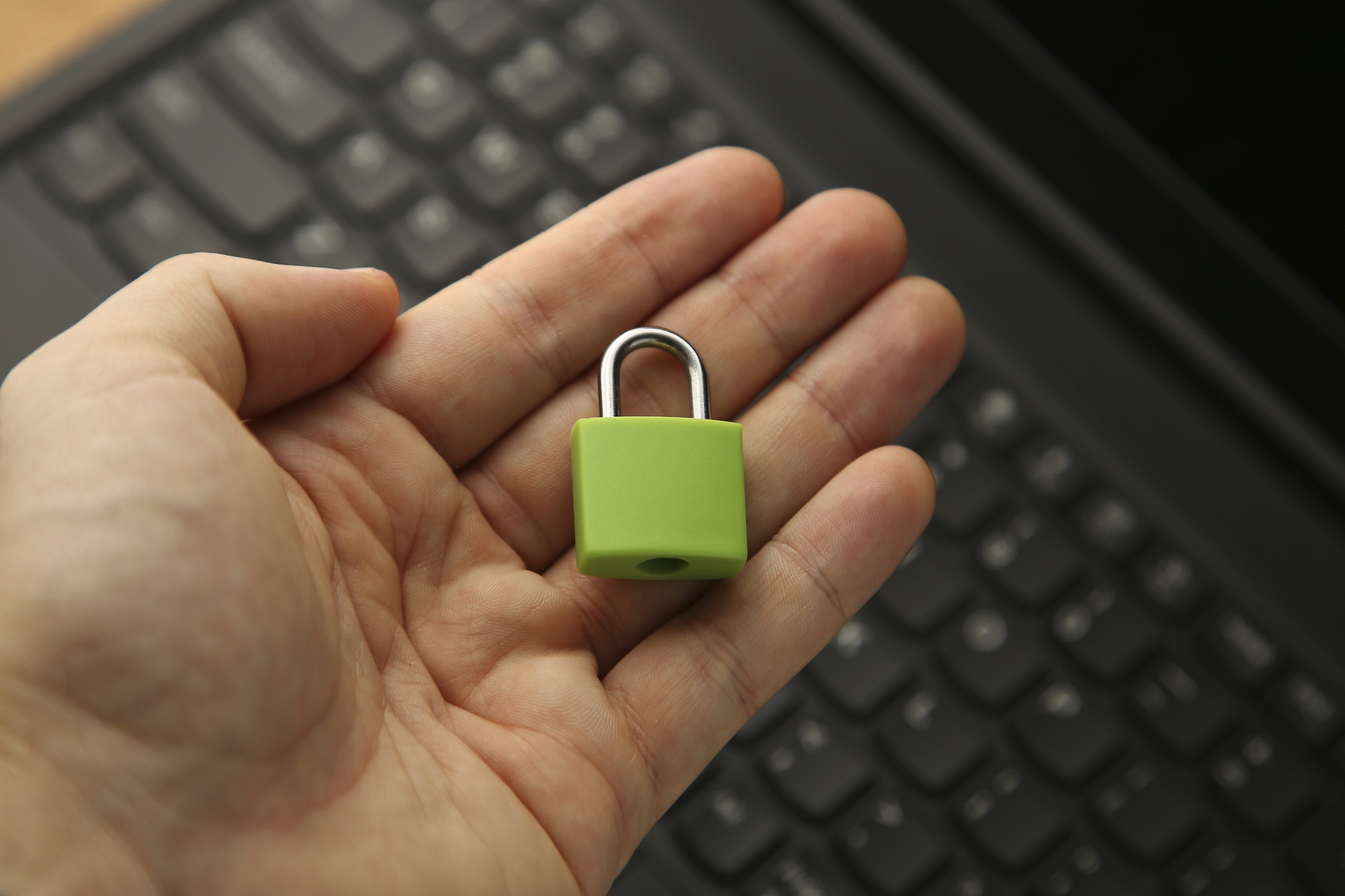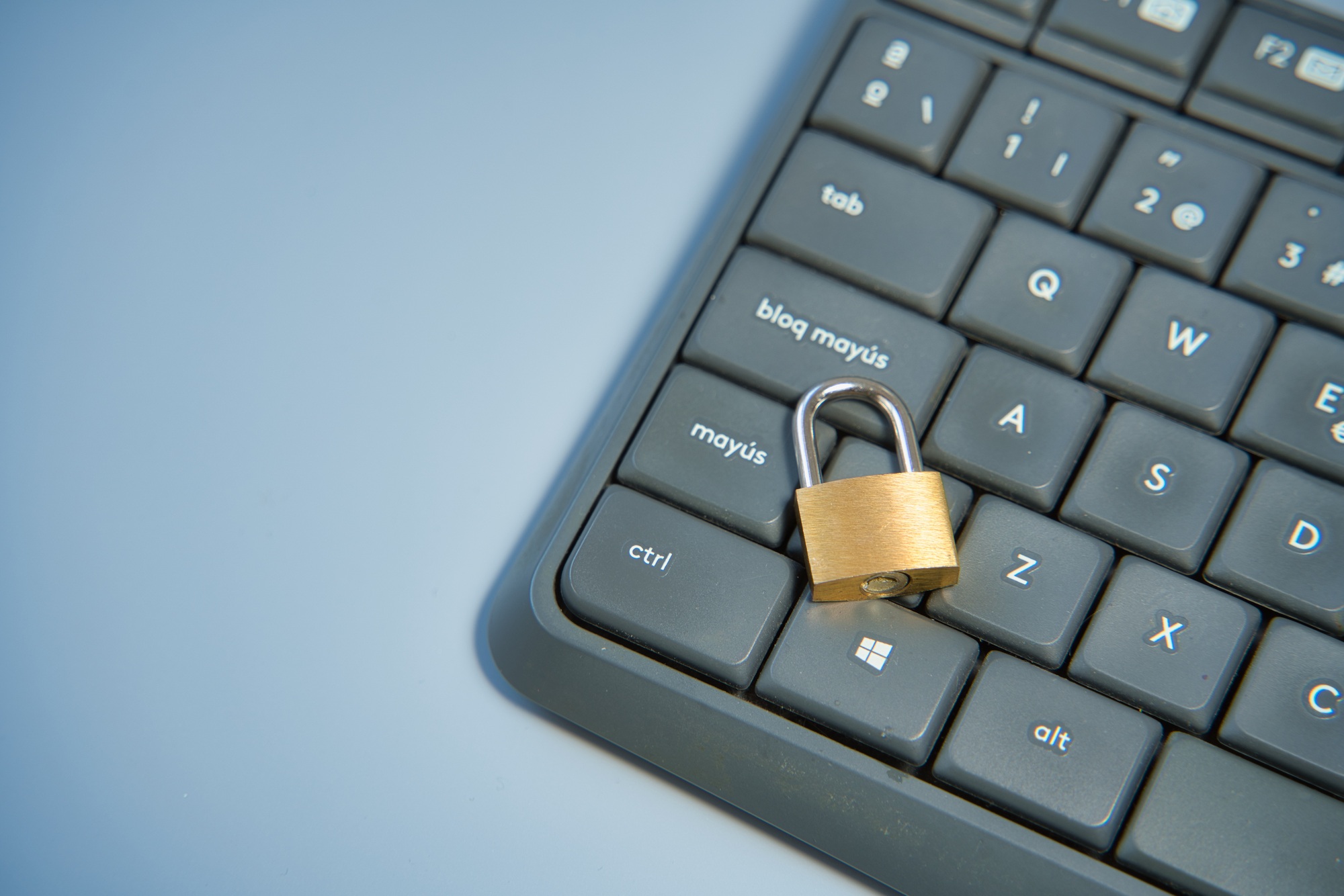Key Takeaways

- Vigilance is Key: Always stay alert while shopping on Amazon to prevent falling victim to various scams targeting shoppers and small businesses.
- Common Scams: Be aware of prevalent scams like phishing emails, fake product listings, and account takeovers, which exploit users’ trust and can lead to financial loss or compromised data.
- Warning Signs: Look for red flags such as suspicious email addresses, generic greetings, spelling errors, and a sense of urgency that often indicate scam communications.
- Account Security: Enable two-factor authentication, use strong passwords, and regularly monitor your account activity to enhance security and protect against account takeover scams.
- Report Incidents: Promptly report any suspicious activities or scams to Amazon to help create a safer shopping environment for everyone.
- Education and Awareness: Continuously educate yourself and your customers about potential scams to build trust and safeguard your business reputation.
Amazon’s a go-to for countless shoppers, but it’s also a playground for scammers. As you browse through deals and discounts, it’s crucial to stay alert. Scammers are constantly evolving their tactics to trick unsuspecting buyers into revealing personal information or losing money on fake products.
Overview of Amazon Scams

Amazon scams pose significant risks to customers and small businesses alike. Scammers exploit the platform’s popularity to trick unsuspecting users into sharing sensitive information or purchasing counterfeit products. As a small business owner, you must stay informed about the various types of scams to protect both your personal data and your business reputation.
Common types of Amazon scams include phishing emails, fraudulent sellers, and fake product listings. Scammers often send emails that appear to come from Amazon, asking you to verify account details or access link rewards. These emails often contain links to phishing sites designed to steal your login credentials.
Additionally, counterfeit products frequently appear among legitimate listings. Unscrupulous sellers may use misleading images and descriptions, which can undermine your business if customers purchase these inferior items. Keeping an eye on your listings and monitoring reviews can help you identify potential scams.
Remaining vigilant while shopping and selling on Amazon is essential. Educating yourself about these threats allows you to implement best practices that safeguard your small business from scams. Constantly updating your knowledge and sharing insights with your customers can build a trustworthy shopping environment.
Common Types of Amazon Scams

Amazon scams pose significant risks to both customers and small businesses. Understanding these scams helps you protect your business and your customers from potential threats.
Phishing Scams
Phishing scams rank among the most common types of Amazon scams. Scammers impersonate Amazon representatives, sending emails, texts, or calls about various account issues, including overcharges, eligibility for refunds, or account freezes. They seek to trick you into disclosing login credentials, credit card numbers, or personal information. Always verify sources before providing any sensitive information.
Fake Product Listings
Fake product listings undermine your business’s reputation and jeopardize customer trust. Scammers create listings for non-existent products, often at attractive prices. Customers, believing they’re purchasing legitimate items, fall victim to these scams. To combat this, regularly monitor your listings and report any suspicious activity to Amazon. This vigilance reassures customers about the authenticity of your products.
Account Takeover Scams
Account takeover scams pose a serious threat to your small business. Cybercriminals exploit compromised login credentials to access your Amazon account. Once in, they can alter account details, change payment methods, or even conduct fraudulent transactions. Enable two-factor authentication and encourage your customers to do the same to increase security and minimize risks associated with account takeovers.
How to Identify Amazon Scams

Identifying Amazon scams requires vigilance and awareness of common warning signs. As a small business owner, understanding these signs helps protect your storefront and customers.
Warning Signs
- Suspicious Sender Address:
Scam emails often do not originate from the official “@amazon.com” domain. Be cautious of slight variations like “@amazom.com.”
- Generic Greetings:
Legitimate Amazon communications address you by name. Generic greetings such as “Dear customer” raise red flags.
- Spelling and Grammatical Errors:
Official Amazon emails maintain professionalism. Look for emails with spelling or grammatical errors, which frequently appear in scams.
- Sense of Urgency:
Scammers create urgency to prompt rapid responses. Be wary of messages threatening to cancel orders, suspend accounts, or requiring immediate action.
Tips for Verification
- Check the Email Domain:
Always confirm the sender’s email domain. Official emails will come from “@amazon.com.”
- Look for Personalization:
Verify that any communication addresses you by your name, not a generic term.
- Examine the Content:
Pay attention to the language used. Professional emails should be free from errors.
- Contact Amazon Directly:
If unsure, reach out to Amazon customer service to confirm the legitimacy of an email or notification.
Recognizing these signs and following these tips helps maintain security while running your small business on Amazon.
Protecting Yourself from Amazon Scams

Staying safe while running a small business on Amazon requires understanding the risks and implementing effective security measures. Below are critical strategies for protecting your account and addressing scams.
Secure Your Account
Securing your Amazon account plays a vital role in preventing scams. Enable two-factor authentication to add an additional layer of security, ensuring only authorized users can access your account. Regularly update your password and use a strong password that combines letters, numbers, and symbols. Monitor account activity frequently for unauthorized transactions, and educate your staff about recognizing suspicious activity to maintain a secure environment.
Reporting Scams
Reporting scams promptly protects both your small business and other users. If you receive phishing emails or encounter fraudulent sellers, report these incidents to Amazon using their official reporting tools. Document all communications and suspicious listings as evidence. By reporting scams, you contribute to the broader effort of maintaining a safe shopping experience on Amazon for everyone.
Conclusion

Staying vigilant while shopping on Amazon is essential to protect yourself from scams. By recognizing the signs of fraudulent activity and implementing security measures like two-factor authentication, you can significantly reduce your risk. Educating yourself and your team about these threats not only safeguards your account but also helps create a safer environment for all users.
Remember to report any suspicious communications or activities promptly. Your proactive approach contributes to a more secure shopping experience on Amazon. By taking these steps, you can enjoy the benefits of this popular platform while minimizing the potential dangers that come with it. Stay informed and stay safe.
Frequently Asked Questions
What are the common types of scams on Amazon?
Amazon scams often include phishing emails masquerading as communications from Amazon, fraudulent sellers offering counterfeit products, and fake product listings. Other scams include account takeover attempts, where scammers use stolen login information to access accounts.
How can I recognize a phishing email from Amazon?
Look for suspicious sender email addresses, generic greetings, spelling mistakes, and urgent language that pressures you to act quickly. Always verify the email domain to confirm its legitimacy.
What should I do if I suspect a scam on Amazon?
If you suspect a scam, document all suspicious communications and report them to Amazon through official channels. You can also contact Amazon’s customer service for assistance.
How can I protect my Amazon account from scammers?
To protect your Amazon account, enable two-factor authentication, choose strong passwords, and regularly monitor your account for unauthorized transactions or activities.
What can small business owners do to prevent Amazon scams?
Small business owners should stay informed about common scams, regularly check their product listings, educate their staff on recognizing suspicious activity, and encourage customers to be vigilant while shopping.
Are fake product listings dangerous for my business?
Yes, fake product listings can harm your business’s reputation. They may lead to customer dissatisfaction and loss of trust, as buyers could unknowingly purchase low-quality or non-existent products.
How can I secure my business’s presence on Amazon?
To secure your business on Amazon, regularly update your security settings, monitor listings for inaccuracies, educate employees on best practices for online safety, and respond promptly to any reported issues or suspicious activities.
Image Via Envato: mohdizzuanbinroslan, rawf8, LightFieldStudios, laguna947, wirestock, seventyfourimages



